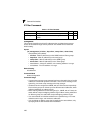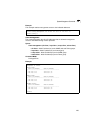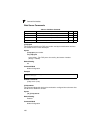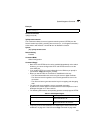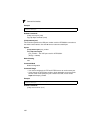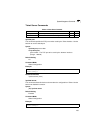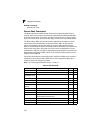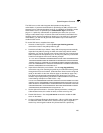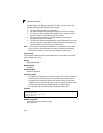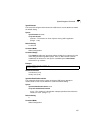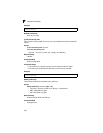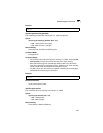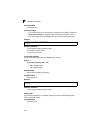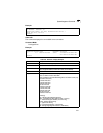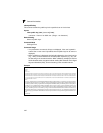
Command Line Interface
4-36
4
corresponding to the public keys stored on the switch can gain access. The
following exchanges take place during this process:
a. The client sends its public key to the switch.
b. The switch compares the client's public key to those stored in memory.
c. If a match is found, the switch uses the public key to encrypt a random
sequence of bytes, and sends this string to the client.
d. The client uses its private key to decrypt the bytes, and sends the
decrypted bytes back to the switch.
e. The switch compares the decrypted bytes to the original bytes it sent. If the
two sets match, this means that the client's private key corresponds to an
authorized public key, and the client is authenticated.
Note: To use SSH with only password authentication, the host public key must still be
given to the client, either during initial connection or manually entered into the
known host file. However, you do not need to configure the client’s keys.
ip ssh server
This command enables the Secure Shell (SSH) server on this switch. Use the no
form to disable this service.
Syntax
[no] ip ssh server
Default Setting
Disabled
Command Mode
Global Configuration
Command Usage
• The SSH server supports up to four client sessions. The maximum number of
client sessions includes both current Telnet sessions and SSH sessions.
• The SSH server uses DSA or RSA for key exchange when the client first
establishes a connection with the switch, and then negotiates with the client
to select either DES (56-bit) or 3DES (168-bit) for data encryption.
• You must generate the host key before enabling the SSH server.
Example
Related Commands
ip ssh crypto host-key generate (4-39)
show ssh (4-41)
Console#ip ssh crypto host-key generate dsa
Console#configure
Console(config)#ip ssh server
Console(config)#



